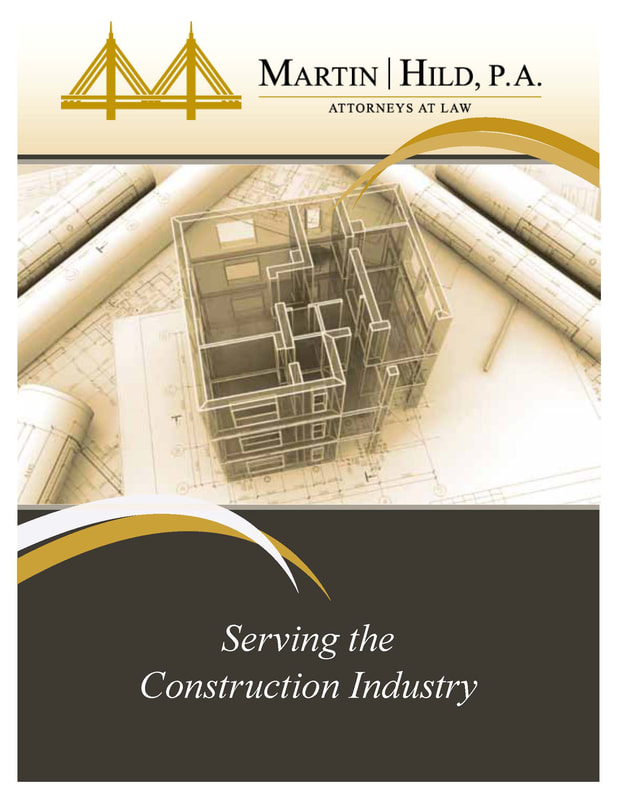Proving a Delay Claim (And Defending Against Them)
April 19, 2012
I. INTRODUCTION
You represent a client in a dispute where responsibility for delays on a project is at issue. Whether pursuing compensation for those delays (or merely seeking reimbursement of liquidated damages) or defending against such a claim, the immediate question should come to mind, “How am I going to prove my case?” However, perhaps because it is perceived as more “black art” than science, delay analysis is often left to “the experts.” Whether due to the highly technical nature of the evidence supporting a claim or the lack of real guidance from the judicial system, delay analysis is often the last considered subject when preparing for trial. Yet proof of responsibility for delays is the linchpin to success in trial.
This paper will first address the most common methods of delay analysis known by their more often used titles. Next, the state of the law (such as it is) together with an industry-wide effort to bring order to apparent chaos will be considered. More importantly, this paper and the forthcoming presentation will attempt to foster a free-flow of information on how best to prepare and present a delay analysis. Drawing on real experiences, this paper and presentation will consider the selection of an appropriate method of analysis, selection and management of the needed expert and what has and has not worked in presenting delay analyses to finders of fact. Like most things in trial practice, there is no singular right answer though there are certainly wrong ones. The ultimate point is that the attorney needs to organize and control the entire process and not cede control of the litigation approach or the claim presentation to the expert.
...continued
Download .pdf of entire article here
I. INTRODUCTION
You represent a client in a dispute where responsibility for delays on a project is at issue. Whether pursuing compensation for those delays (or merely seeking reimbursement of liquidated damages) or defending against such a claim, the immediate question should come to mind, “How am I going to prove my case?” However, perhaps because it is perceived as more “black art” than science, delay analysis is often left to “the experts.” Whether due to the highly technical nature of the evidence supporting a claim or the lack of real guidance from the judicial system, delay analysis is often the last considered subject when preparing for trial. Yet proof of responsibility for delays is the linchpin to success in trial.
This paper will first address the most common methods of delay analysis known by their more often used titles. Next, the state of the law (such as it is) together with an industry-wide effort to bring order to apparent chaos will be considered. More importantly, this paper and the forthcoming presentation will attempt to foster a free-flow of information on how best to prepare and present a delay analysis. Drawing on real experiences, this paper and presentation will consider the selection of an appropriate method of analysis, selection and management of the needed expert and what has and has not worked in presenting delay analyses to finders of fact. Like most things in trial practice, there is no singular right answer though there are certainly wrong ones. The ultimate point is that the attorney needs to organize and control the entire process and not cede control of the litigation approach or the claim presentation to the expert.
...continued
Download .pdf of entire article here

